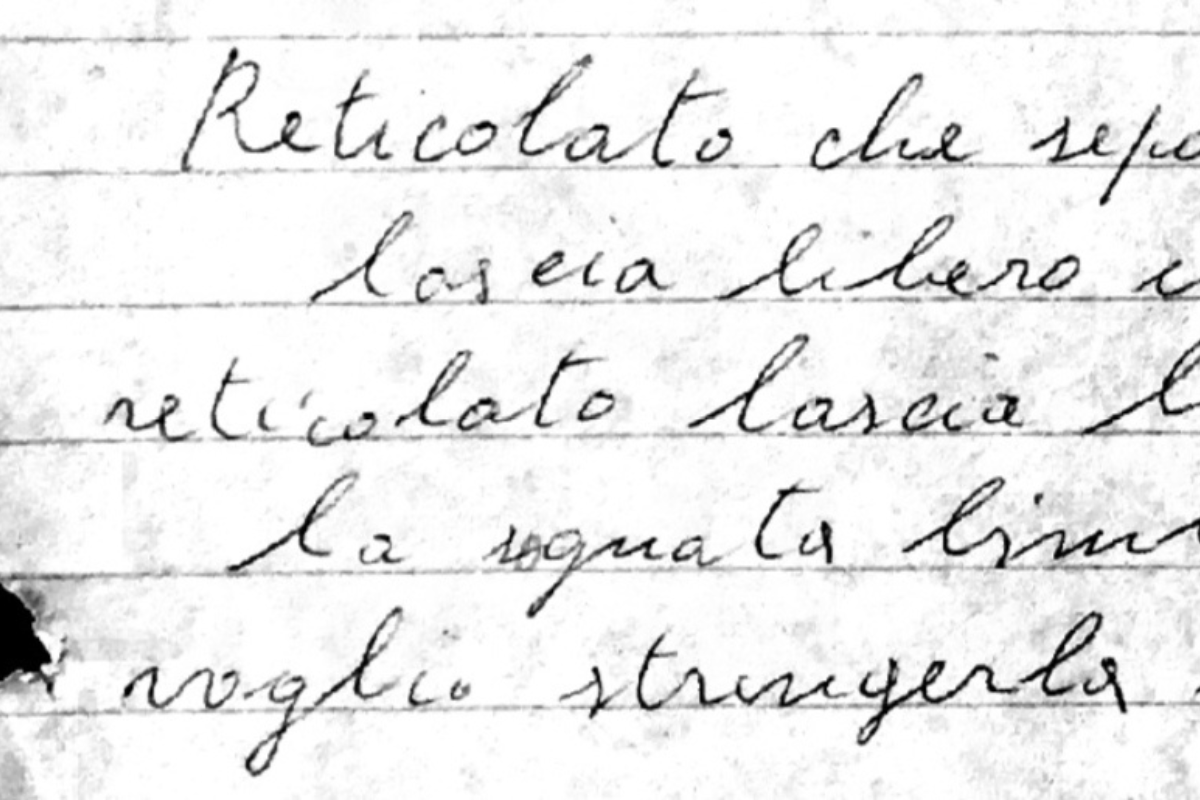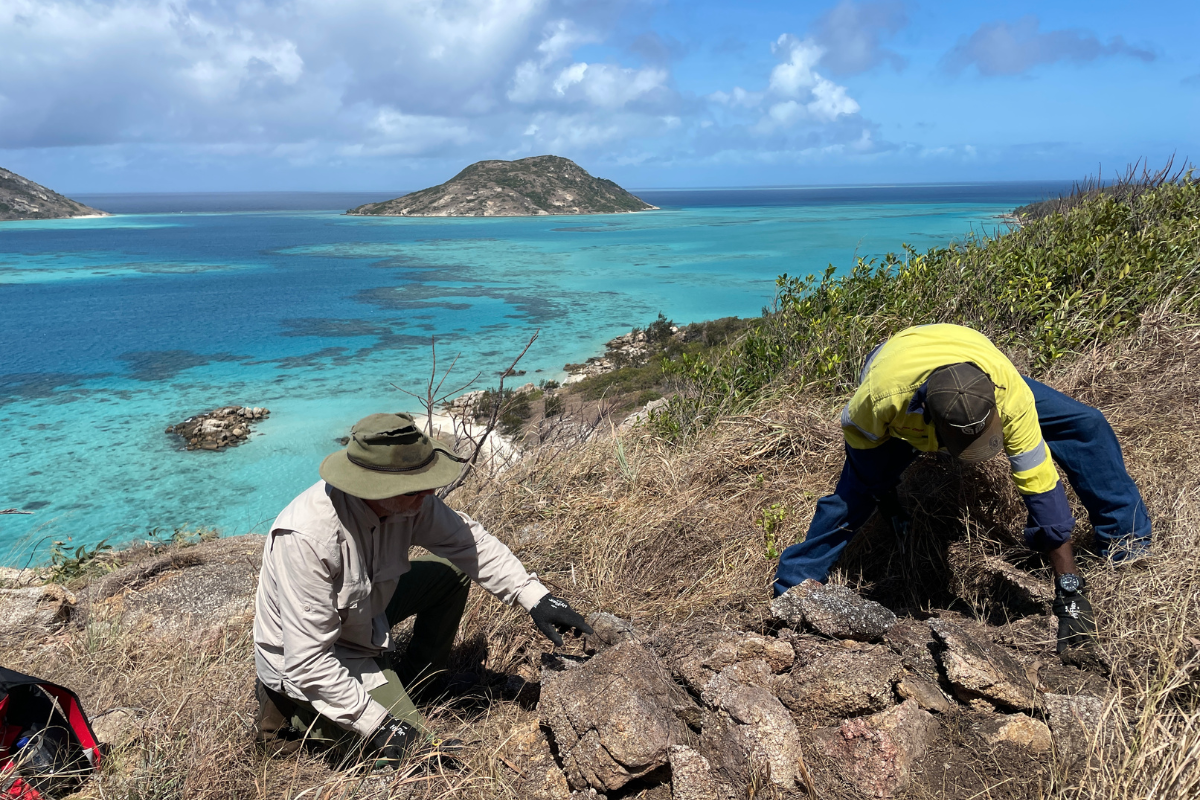
For Mr Justice Higgins it was a straightforward metric: a man’s wage needed to be sufficient to support husband and wife and three children, calculated on the cost of rent and food and clothing.
The Harvester Decision of 1907 was remarkable for its time, but as a preventative against poverty, it left out a lot of people: women; unskilled casually employed, often itinerant men, outside the protection of a union and with limited capacities to sell on the job market. This Harvester Judgement was also just for white men because Chinese, Indian or Islander men of course were to be paid less than the born paler. As for Aboriginal workers, they could be paid just with rations.
Poverty is more than the absence of sufficient means to live a healthy and fulfilling life. It is structured into society; it is inherited and passed on to subsequent generations; it is a political choice. Nobel prizewinning economist Amartya Sen defined it as the absence of an entitlement to economic and political protection as a fundamental human right.
People are poor in Australia generally because their parents were poor, and they are less able to compete in the contest for high-income work or business. They start life without property or capital to inherit, they are too often behind at school, and with poverty comes a shortage of networks that support employment.
We still rely on the family to protect us against poverty, and the role of the welfare state is to enable those without family support to survive. Yet the capacity of welfare is limited, and its long-term effects can bring unintended consequences that are passed down the generations.
Indeed, the fracturing of families by the premature death of a breadwinner or by the breakdown of a relationship is still a leading cause of poverty: for children, and for single parents, especially mothers. Homelessness is growing fastest in single women aged over 55, and behind their vulnerability lies divorce or widowhood, low earnings and scant superannuation.
Some argue for a Universal Basic Income as a quick fix to what they see as the growth of ‘economic uselessness’ in an automated, globalised economy ruled by a meritocracy. Aboriginal people know what that means and call it ‘sit down money’.
But those on welfare, either Newstart, pensions or Austudy are only part of the picture of poverty. There are also the working poor and the precariat, excluded from good wages and job security. They are poor and working multiple jobs because of the cost of their housing. They cannot earn enough from one job. Their problems stem from the ascendancy of business over organised labour, the demonising of unions, and a deliberate political strategy of wage suppression.
Meanwhile, property values have exploded, bringing homelessness and rental and mortgage stress to residents and crippling overheads to businesses whose only resort is to economise on wages. Private wealth is hoarded in real estate. The financial sector that has grown over the past forty years of neoliberalism has transferred its operations to the private economy of property-buying households, whose mortgage interest payments do the work of making them money.
The result is the return of the landless, whose only hope of a home of their own comes from their parents. Private wealth has been built in Australia through the ownership of real estate and inflation. Real estate is now seen as security against poverty in old age and as family assets to be passed down to the next generation. But it is passive wealth—earns insufficient tax and produces nothing.
In the past, Australian governments designed policies that helped people climb out of poverty. After both world wars government invested in affordable housing for returned servicemen and working families through state-owned banks. Investment in greenfield sites with schools and infrastructure followed. Post-war reconstruction stimulated manufacturing, built essential water and energy infrastructure and invested in human capital in schools, technical education and universities.
Poverty was reduced because Australia achieved full employment. Unions rebuilt memberships. Government instrumentalities grew and took on unionised, permanent workers so that for the first time in history, unskilled men could obtain secure work with sick pay and holidays. These are the building blocks of equality recently identified by Thomas Piketty.
The expansion of the state into services, health and education built a new middle class working on the public purse rather than in the private sector, and the opening of the public service to university graduates heralded a new era of expertise in national policy-making.
All of this was paid for by high progressive taxation that had been accepted as a necessity in times of war, and continued, with social democratic consensus by conservative governments around the world, to build the peace.
The expanding welfare state safety net was important, but government investment in those human needs that were always beyond the personal means of the majority—housing, health, education, and care in old age—effected a wealth transfer down society that nourished rather than depleted. These institutions and entitlements became the institutional plumbing that enabled wealth to trickle down. These were times of deficits but deficits that were good investments, that have paid off ever since.
The revolt of the rich that was manifest in neoliberalism has left us with an institutionally impoverished society of poverty amidst affluence, aggravated inequality and declining social mobility. The Five Giant Evils identified by Lord Beveridge in 1942—want, squalor, disease, ignorance and idleness—threaten us again. Welfare only relieves poverty and provides a safety net against falling off the trapeze. The defeat of poverty needs a whole society to invest in its people’s capacities, and to build security through social insurance and full employment.
We have the tools to do this. We have the blueprint. We have done it in the past. Do we have the generosity and courage to do it again?
References and reading
Amartya Sen, Development as Freedom (New York: Oxford University Press, 1999).
Thomas Piketty, A Brief History of Equality (Cambridge: Harvard University Press, 2022).
Andrew Leigh, ‘Tackling inequality: lessons from the postwar reconstruction’, in Carolyn Holbrook, Lyndon Megarrity, David Lowe, eds, Lessons from History (Sydney, NewSouth, 2022), 148-65.
John Falzon, ‘A social guarantee’ in Emma Dawson and Janet McCalman, eds, What happens next? Reconstructing Australia after COVID-19 (Melbourne: Melbourne University Press, 2021), 215-22.
Emma Dawson, ‘Rebuilding from the ground up: the role of the foundational economy’, in Emma Dawson and Janet McCalman, eds, What happens next? Reconstructing Australia after COVID-19 (Melbourne: Melbourne University Press, 2021), 187-194.
Frank Bongiorno, Dreamers and Schemers, A political history of Australia (Melbourne: Black Inc, 2022).
Richard Wilkinson and Kate Pickett, The Spirit Level: why more equal societies always do better (London: Allen Lane, 2009).
A note from the Editor
Five-Minute Fridays will be taking a break next week, 18 November 2022, as we host the Academy’s 53rd Annual Symposium in Ballarat. We look forward to bringing you more Five-Minute Friday reads after that.



